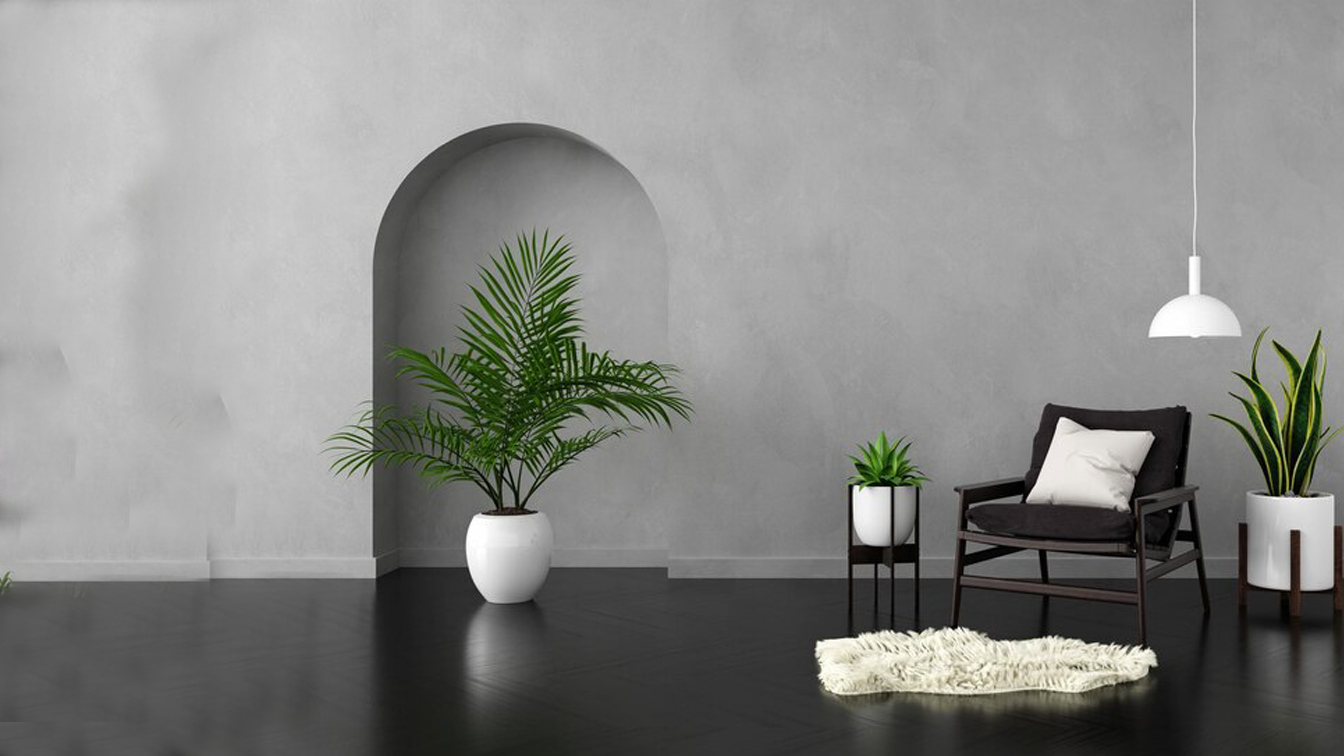
In a world where aesthetics and functionality converge, interior design stands as the bridge between art and practicality. The artistry of transforming a space into a harmonious and functional environment is a testament to the creativity and expertise of interior designers. This blog delves into the captivating realm of interior design, exploring its evolution, key principles, and the transformative impact it has on our living and working spaces.
I. Evolution of Interior Design:
To truly appreciate the significance of interior design, it is essential to trace its evolution through the annals of history. Interior design has come a long way from its early roots in ancient civilizations, where it served both practical and symbolic purposes. From the opulent palaces of ancient Egypt to the Renaissance masterpieces of Europe, the history of interior design is a tapestry woven with cultural influences, technological advancements, and changing societal norms.
The 19th and 20th centuries witnessed the emergence of interior design as a distinct profession. With the Industrial Revolution bringing about a shift in lifestyle and architecture, interior designers found new challenges and opportunities. The Arts and Crafts movement, Bauhaus school, and Art Deco era all contributed to shaping the principles and aesthetics of interior design, paving the way for the diverse and dynamic field we recognize today.
II. Key Principles of Interior Design:
A. Balance and Harmony:
One of the fundamental principles of interior design is achieving balance and harmony within a space. Balance can be symmetrical or asymmetrical, and the key is to distribute visual weight evenly. Harmony, on the other hand, involves creating a cohesive and unified atmosphere, often achieved through color schemes, patterns, and the careful selection of furniture and accessories.
B. Proportion and Scale:
Proportion and scale are crucial elements that impact the overall feel of a room. Ensuring that the size of furniture and decor elements is appropriate for the space helps maintain visual balance. A well-proportioned room feels comfortable and inviting, while improper scaling can make a space feel cramped or cavernous.
C. Rhythm and Repetition:
Creating a sense of rhythm in interior design involves establishing a flow and continuity throughout a space. Repetition of patterns, colors, or shapes helps tie together different elements, creating a visual rhythm that enhances the overall aesthetic. Strategic placement of these repeated elements guides the eye and adds cohesiveness to the design.
D. Contrast and Emphasis:
Contrast adds interest and depth to a space, whether through color, texture, or form. Emphasizing certain elements in a room draws attention and creates focal points. Contrast can be achieved by juxtaposing light and dark colors, smooth and textured surfaces, or bold and subtle patterns.
III. Transformative Impact on Living Spaces:
A. Functionality and Ergonomics:
Beyond the visual appeal, interior design is fundamentally about enhancing the functionality of a space. Well-designed interiors prioritize the needs and lifestyle of the inhabitants. This includes considerations for furniture layout, storage solutions, and the incorporation of ergonomic principles to create spaces that are not only beautiful but also practical and comfortable.
B. Psychological Effects of Design:
The psychological impact of interior design should not be underestimated. Colors, lighting, and spatial arrangements can influence mood and behavior. Warm tones may evoke feelings of coziness and intimacy, while cool tones promote calmness and focus. Thoughtful design can positively impact well-being, productivity, and overall satisfaction in a space.
C. Adaptive Design for Changing Lifestyles:
As societal trends and lifestyles evolve, so too does the field of interior design. The rise of remote work, for example, has prompted a reevaluation of home office spaces. Interior designers play a pivotal role in adapting spaces to meet the changing needs of individuals and families, ensuring that homes remain functional and inspiring.
IV. Trends in Contemporary Interior Design:
A. Sustainable Design:
With a growing awareness of environmental issues, sustainable interior design has gained prominence. Designers are incorporating eco-friendly materials, energy-efficient solutions, and environmentally conscious practices to create spaces that minimize their ecological footprint.
B. Biophilic Design:
Biophilic design emphasizes the connection between humans and nature, recognizing the positive impact of incorporating natural elements into interior spaces. From indoor plants and green walls to the use of natural materials, biophilic design aims to enhance well-being by fostering a connection to the natural world.
C. Technological Integration:
Advancements in technology have significantly influenced interior design. Smart home systems, automated lighting, and integrated audio-visual solutions are becoming integral parts of contemporary design. Interior designers are embracing these technologies to enhance both the functionality and futuristic appeal of spaces.
In conclusion, interior design is a multifaceted discipline that continues to evolve, driven by the changing needs and preferences of society. Aspiring designers in Kochi, with its rich tapestry of culture and design, have the opportunity to embark on a transformative educational journey. By undertaking an Interior Designing Course in Kochi, they can hone their skills, embrace the latest trends, and contribute to the ever-evolving narrative of interior design. The future of design awaits, and Kochi stands as a dynamic canvas for those ready to make their mark in the world of interior aesthetics.